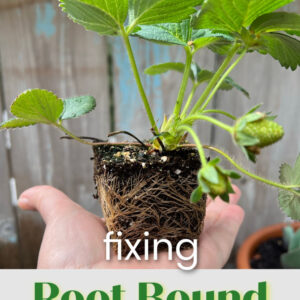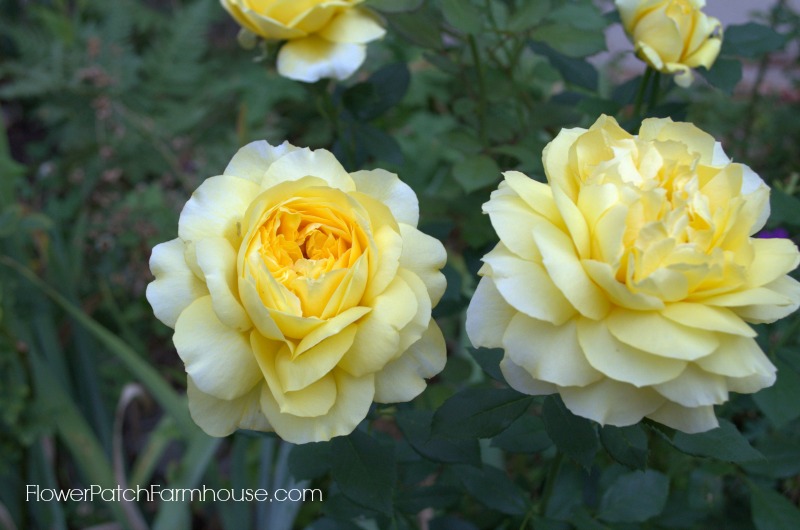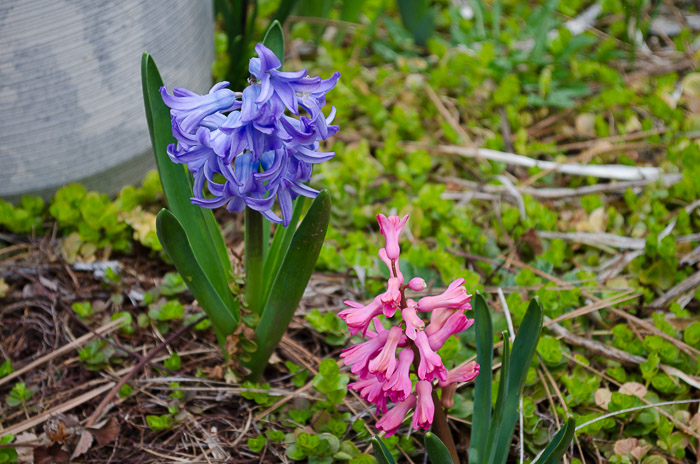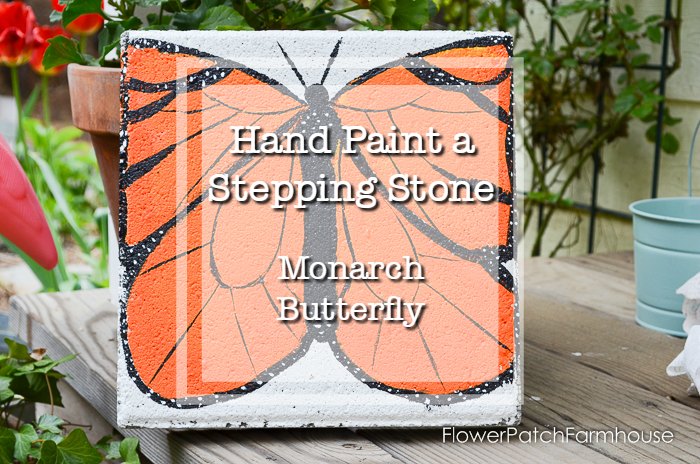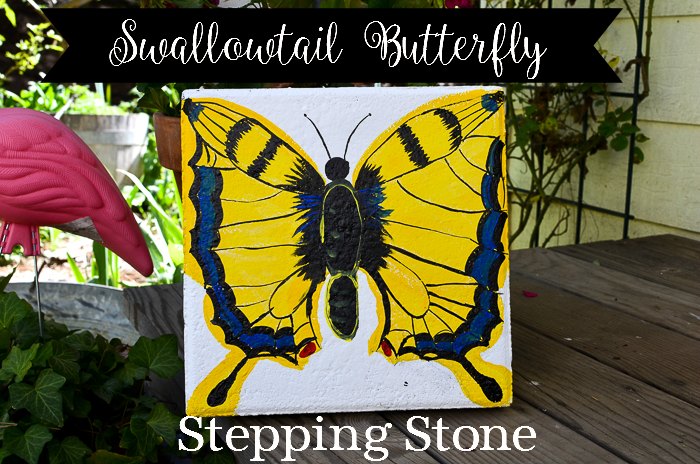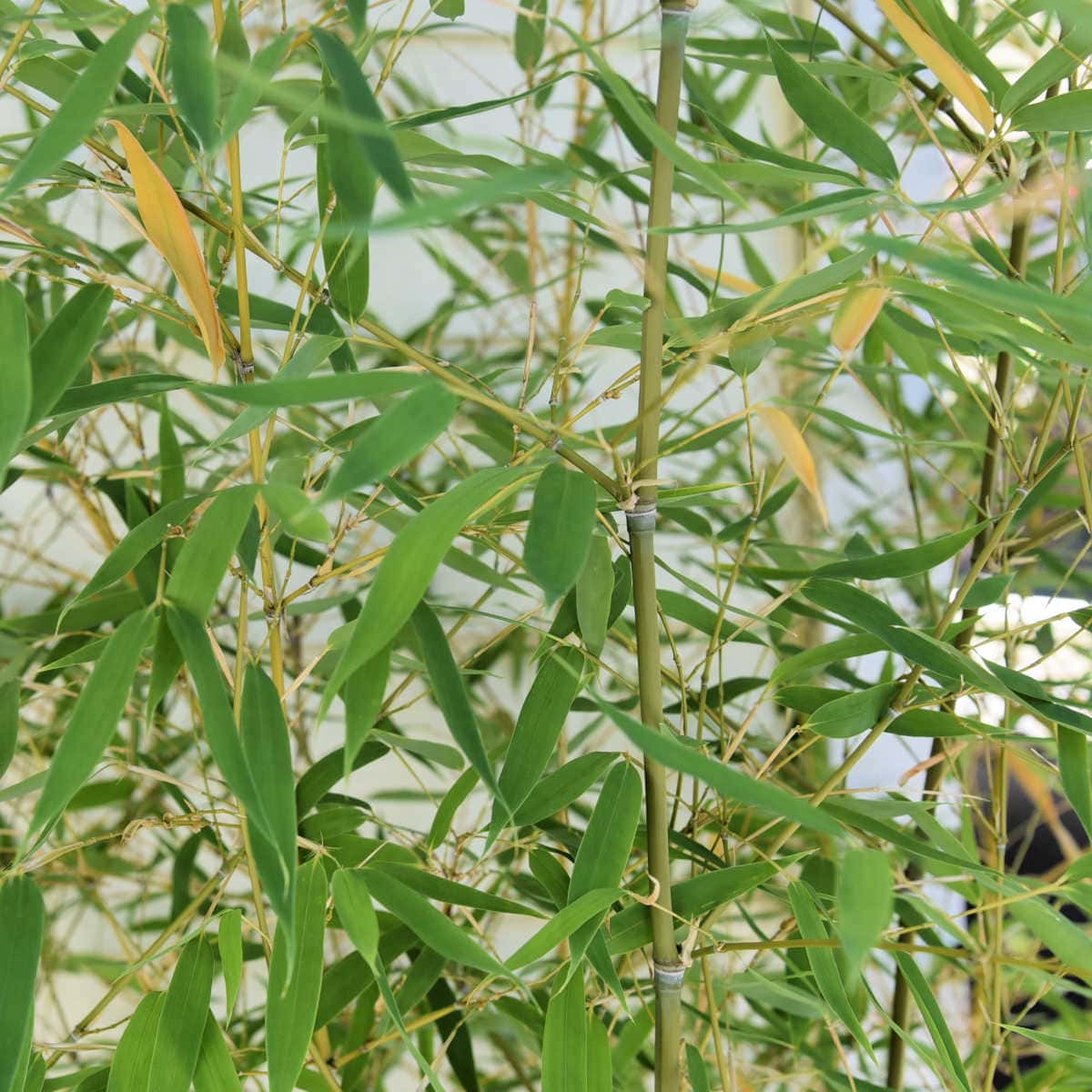How to Fix Root Bound Plants
Have you ever bought a beautiful six-pack of plants and found them to be completely root bound? This happens more often than not but there is an easy way to fix it and though many will find this method controversial it has worked for me for 40+ years.
There are many opinions on how to fix root bound plants and annuals but I find this method the quickest and easiest. In this blog post, we will discuss some tips and tricks for fixing a root bound plant.
Note: this post deals primarily with the root bound six-packs of annuals or other bedding plants you can buy relatively inexpensively from big box stores or plant nurseries. But the method works for other plants as well.
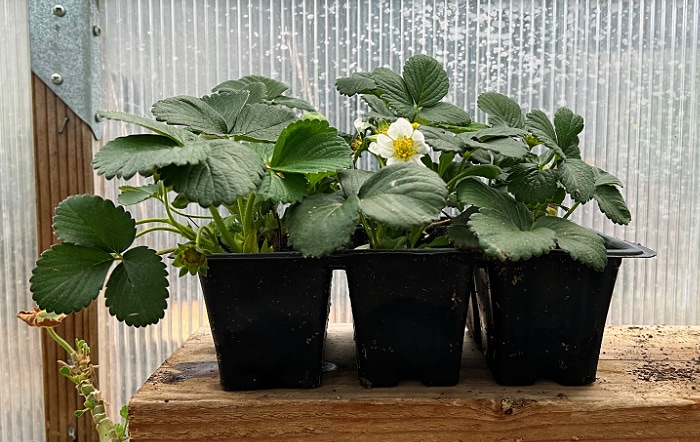
This post contains affiliate links. If you make a purchase after clicking a link I may make a small commission at no cost to you.
Today we will talk about:
- What are root bound plants and what causes them to form
- Root bound plants symptoms
- How to fix root bound plants
- The benefits of having a healthy, well-rooted plant
- A few tips for preventing root bound plants from forming in the first place
- FAQ’s
What are root bound plants and what causes them to form
Root bound plants are when the roots of a plant have become so entangled that they can no longer effectively absorb nutrients and water.
This usually happens when plants are grown in containers that are too small. The roots will start to circle the inside of the container, becoming tightly packed together.
Some also call this being pot bound.
We know that plants are supposed to be grown in open ground where the roots can extend far and wide and not in pots.
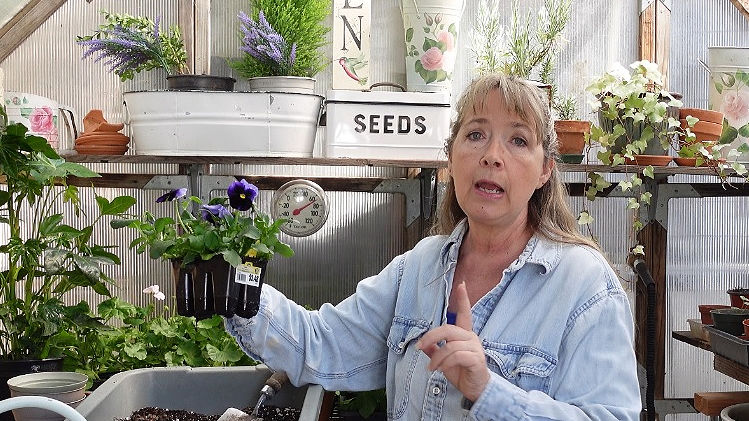
Commercially grown plants for you and I buy at garden centers need to be in containers. And six packs of annuals are very popular for a lot of reasons. Price point is one of them.
Annuals grown for garden centers and nurseries sell better if they are blooming. But there lies the problem, by the time they bloom, many times the roots have outgrown the small cells they are being grown in.
The roots wrap around and around the cells creating a root bound plant.
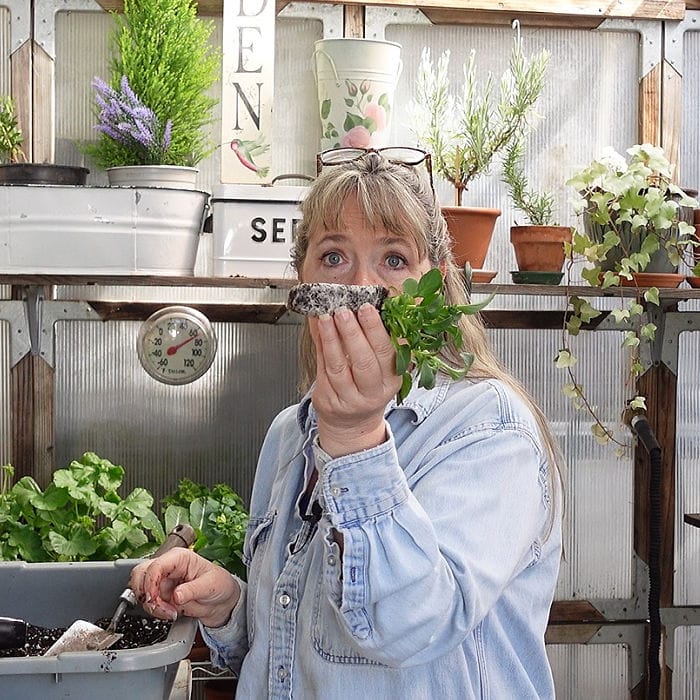
Signs or symptoms that your plant may be root bound
The best way to ascertain that a plant is root bound is to pull it from the pot and examine the roots. But there are other clues that can indicated root bound plants.
- The plant may seem to be wilting, despite the soil being moist
- The leaves are yellowing or drop off, especially at the base of the plant
- New growth is stunted
- The plant may stop flowering
- Pot is mishapen or roots are growing outside of the pot
If you notice any of these signs, your plant is likely root bound and will need to be fixed.
How to fix root bound plants
I want to mention first that not all plants suffer from being root bound. Some plants will bloom better or perform well but they are the exception and not the rule. We will go over plants like that in another post.
The first step in fixing a root bound plant is to carefully remove it from its pot. With the six pack containers, I pinch from the bottom and press the plant upwards with one hand as I gently wiggle the plant out,with the other.
Take your time and be careful not to break off the plant.
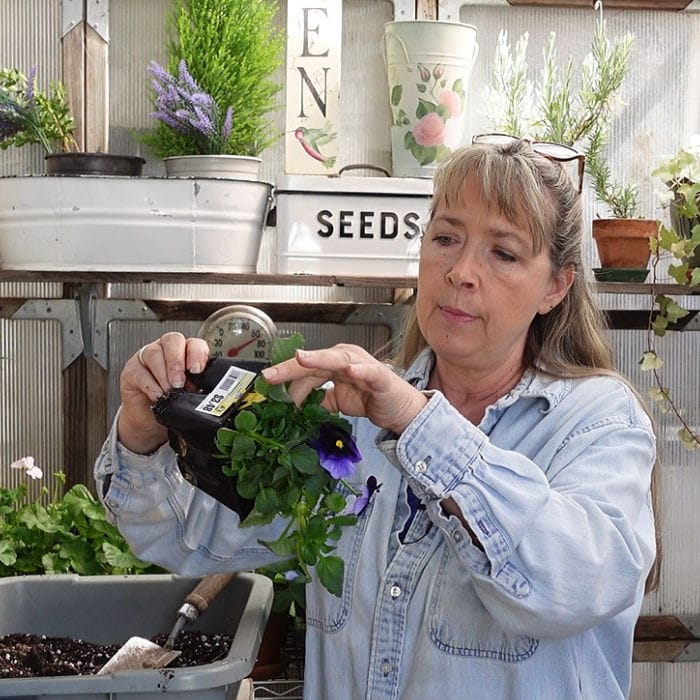
If the container is not flexible like the six packs or is a larger pot you may need to use a garden knife (I used an old kitchen knife for years) and slide it between the plant root ball and the pot.
Turn the pot upside down while holding your hand around the stem of the plant to support it as it slides from the pot.
Once the plant is out of its pot, you will need to untangle and loosen the roots. Sometimes this can be done by gently teasing them apart with your fingers.
If they are super root bound you may need to cut through the outer roots and cut off the bottom.
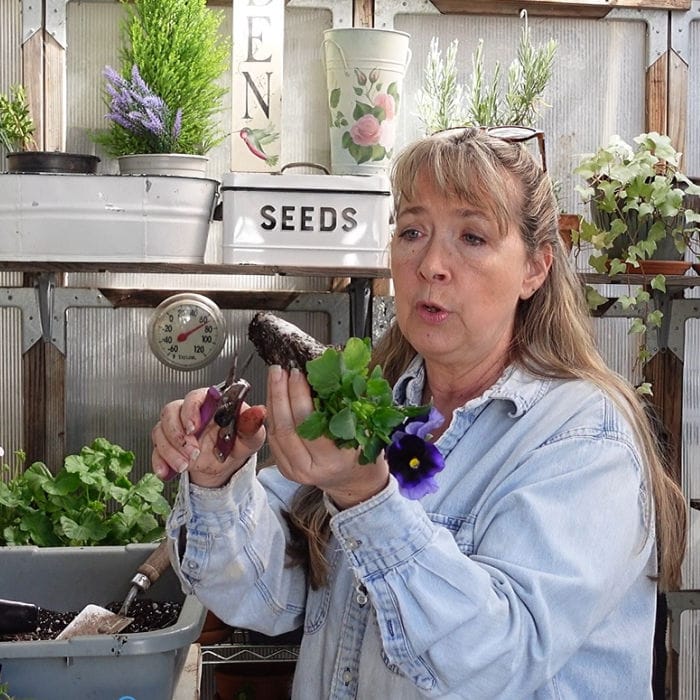
I use these garden snips, they work well for me.
This is also called Root Pruning.
Repotting root bound plants
Once the roots are loosened, you can re-pot the plant in a container that is one or two sizes larger. Be sure to use fresh potting soil and water the plant well.
Or you can plant them in your landscape, window box or other containers. Be sure to keep them well watered and if it is hot, give them a bit of protection from the sun until they have developed a good root system to be able to uptake water efficiently to survive.
I like to soak them in a 50/50 mix of Organic Rev to give the roots a boost and help them with the transplant shock.
The benefits of having a healthy, well-rooted plant
There are many benefits to having a healthy, well-rooted plant.
- Plants are better able to withstand stressful conditions such as heat and cold
- They are less likely succumb to plant diseases or pest infestations.
- Plants with healthy root systems are more drought tolerant.
- Healthy roots on plants make nutrient uptake more efficient thus growing more vigorously and produce more flowers.
A few tips for preventing root bound plants from forming in the first place
There are a few things you can do to prevent your plants from becoming root bound in the first place.
With annuals, this is less of a problem after you have potted them into larger containers but it can happen. Make sure you do not overcrowd a container from the beginning with too many plants.
Here is a post of reviving Leggy Petunias after they have become root bound and stressed.
example of root bound petunias
How to Fix Leggy Petunias
Petunias can start to look sad about halfway through the season. See how easy it is to revive them and finish out the summer with beautiful blooming flowers.
If you are working with house plants pot them up regularly or root prune them to stay healthy in their current pots. (as stated previously, some plants will do better root bound)
Final thoughts
Root bound plants are a common problem but there are things you can do to fix them. With a little patience and care, you can have a healthy, well-rooted plant.
Do you have any tips or tricks for fixing root bound plants? Share them in the comments below!
And don’t forget to sign up for our newsletter so you never miss a post.
Happy Gardening!

video
